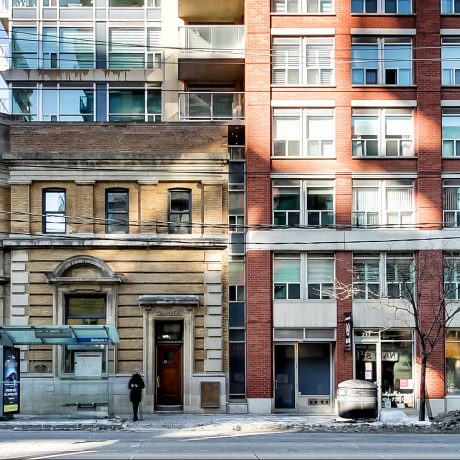Posted on October 8, 2013 in Buying, Condominiums/Multi-Residential, Renting
We’ve given lots of advice on this blog to renters looking for an apartment. Now it’s time for us to give landlords a leg up when searching for their next fabulous tenant.
1. Syndicate your listing
Get it out there! There are a bunch of sites you can post to FOR FREE. No excuse.
2. Take awesome photos
Borrow your neighbour’s camera if you have to. Take photos of the space empty if you can so you always have them in case your next tenant is a slob. That said, a room with a bed in it will show that the room fits a bed. These little details are important to renters. The better the pictures, the more interest you will have. We actually advise renters to contact people without photos since they won’t be getting the same number of inquiries as the ones with photos.
3. Plan for showings
Schedule some windows in advance of the listing going live where you can show the unit. This is particularly helpful if you have a tenant. The current tenant will be well prepared for showings and you will be able to ask people to come one of three times, making your life easier.
4. Write a good description
Up the ante – instead of saying “big bedroom” say “big bedroom that easily fits a king size bed” or at the very least “big bedroom: 15’x18’.” Highlight all the wonderful aspects about living in the space and be sure to answer the obvious questions: When? How much? Utilities? Laundry? Parking?
5. Know your unit
If you renting it with utilities extra, what were they on average for the last tenant? When were the appliances purchased? Did your past tenants have any pets? Are there things you’re willing to upgrade prior to the new tenant taking occupancy? These are questions you might get asked, especially if the prospective tenant just got burned by their last landlord who didn’t replace a broken fridge and is allergic to cats and wants to know if you’d change the carpet to laminate. Bonus points for knowing where the laundromat is if you don’t have laundry and if there is a waitlist for permit parking on your street.
6. Have your application ready
Send it out to people who email you. Have copies on hand at showings. Know why your are asking the questions you are. Be aware of what you can and cannot ask for.
7. Know the law
There are rules, folks. From who you pick to how you can get rid of them. You can read them all here: http://www.ltb.gov.on.ca/en/Law/STEL01_079131.html
8. Research your applicants
Ask all applicants for the same set of information: credit history, credit check, rental history, references and income information. Then get down to work verifying the information provided. Hate to say it, but anyone can fake a letter of employment and their grandma will always say they were wonderful when the they “rented” with her one summer. Find out who these references are and have your questions lined up so you make the most of your time calling everyone.
9. Draft a solid lease
You cannot break the law with a contract. See point 6 above. There are things you can included (e.g. an additional charge if they install an air conditioner and you pay the utilities) and things you can’t (e.g. no overnight guests) and by having a concise, explicit lease prepared it will minimize future questions/problems on both sides.
10. Be prepared for the new tenant before they move in
Best to create a checklist of what you need to do between when you pick someone and when they move in. Things to include would be: getting spare keys cut, determining the information they need to get utilities in their name, having the unit cleaned, verifying their insurance is in place (you did insist in your lease that they get renters insurance, right?).
It’s a landlord’s market with very low vacancy rates so it’s a great opportunity to get a solid tenant. If all this seems like too much, you can always call us and we will take care of everything above for the equivalent of one months rent.





